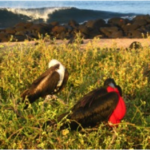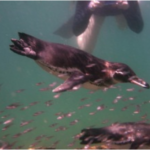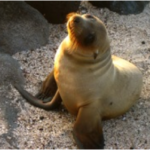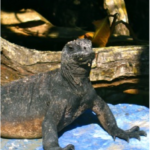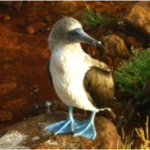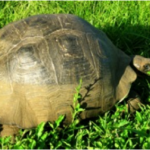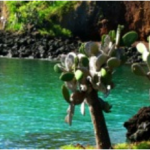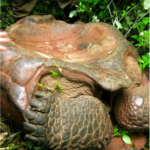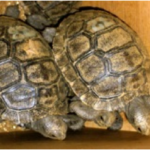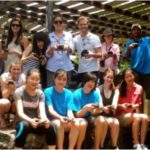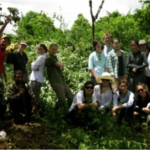By Alix, Gr. 12
 I was ecstatic from the moment I heard the school was planning a trip to the Galápagos. I knew this trip would not only be an amazing opportunity to visit one of the worlds most stunning locations, but also a chance to get some real field research experience. I have been interested in the fields of marine biology and ecology for a few years, and there is no better place to explore the environment and our effects on it than the Galápagos. For example, I saw how an introduced species could take over and harm an area. It was incredible to see the difference we made by working for only an hour and a half pulling out blackberry bushes and, I think I speak for everyone on the trip when I say the fire ants, which often eat tortoise eggs and young, are definitely an animal the island can do without.
I was ecstatic from the moment I heard the school was planning a trip to the Galápagos. I knew this trip would not only be an amazing opportunity to visit one of the worlds most stunning locations, but also a chance to get some real field research experience. I have been interested in the fields of marine biology and ecology for a few years, and there is no better place to explore the environment and our effects on it than the Galápagos. For example, I saw how an introduced species could take over and harm an area. It was incredible to see the difference we made by working for only an hour and a half pulling out blackberry bushes and, I think I speak for everyone on the trip when I say the fire ants, which often eat tortoise eggs and young, are definitely an animal the island can do without.
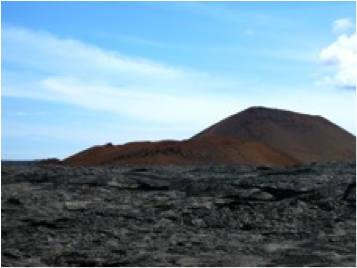 Aside from the technical aspects of the trip, seeing all the sights and wildlife that many only see in books and documentaries is indescribable. The location of the Galápagos Islands really does make them one of the most unique places in the world. On one island the ecosystem changes depending on the side of the island you are on, elevation and the time of year, because there are so many different wind and water currents that converge at the islands.
Aside from the technical aspects of the trip, seeing all the sights and wildlife that many only see in books and documentaries is indescribable. The location of the Galápagos Islands really does make them one of the most unique places in the world. On one island the ecosystem changes depending on the side of the island you are on, elevation and the time of year, because there are so many different wind and water currents that converge at the islands. 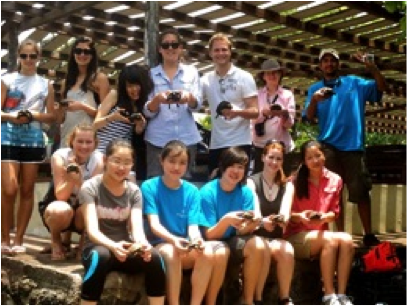 It is easy to see why early explorers called the Galápagos (which still hosts active/dormant volcanoes) a “Hell on Earth” and why later scientists have been so intrigued by the islands. It is quite an experience to go out and work with tortoises that are 100 years old and then a couple days later work with tortoises that are only a couple months old and fit in your palm. They truly are incredible creatures and just being able to see them in the wild would have sufficed, but being able to handle them was the cherry on top, and something I will never forget.
It is easy to see why early explorers called the Galápagos (which still hosts active/dormant volcanoes) a “Hell on Earth” and why later scientists have been so intrigued by the islands. It is quite an experience to go out and work with tortoises that are 100 years old and then a couple days later work with tortoises that are only a couple months old and fit in your palm. They truly are incredible creatures and just being able to see them in the wild would have sufficed, but being able to handle them was the cherry on top, and something I will never forget.
 While the tortoises were the focus, it was hard to not be distracted by the rest of the animals. There was no lack of marine iguanas, sea lions, finches, blue-footed boobies, frigate birds, the occasional shark, and many more. If I had to guess, I would say touring some of the islands from the boat and snorkeling was a major highlight for everyone. There is no way to describe the feeling you get when swimming with all the remarkable creatures that we did.
While the tortoises were the focus, it was hard to not be distracted by the rest of the animals. There was no lack of marine iguanas, sea lions, finches, blue-footed boobies, frigate birds, the occasional shark, and many more. If I had to guess, I would say touring some of the islands from the boat and snorkeling was a major highlight for everyone. There is no way to describe the feeling you get when swimming with all the remarkable creatures that we did. 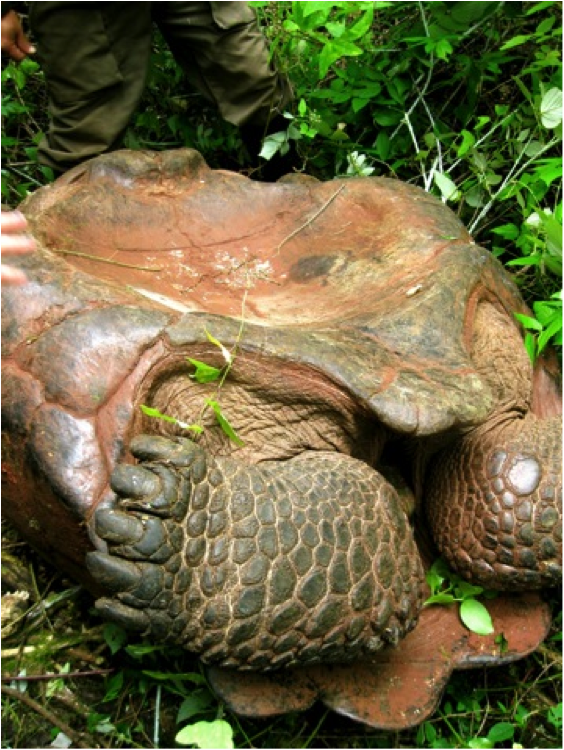 Having a sea turtle, rays and sea lions swim past you, penguins swim into you and a shark swim under you, are definitely experiences I, and everyone else on the trip, will always remember. Having that white tipped reef shark swim under us was probably one of the scariest and most exciting moments of my life.
Having a sea turtle, rays and sea lions swim past you, penguins swim into you and a shark swim under you, are definitely experiences I, and everyone else on the trip, will always remember. Having that white tipped reef shark swim under us was probably one of the scariest and most exciting moments of my life.
Everyday of this trip was exciting and unreal. I would probably need a few hundred pages in order to fully describe every experience. My visit to the Galápagos will be something that I remember for the rest of my life, and I plan to use all I learned in university, my future career and at the Aquarium, where I volunteer. Experiencing actual field research gave me the opportunity to experience what a future career for me might be like, as well as allowed me to develop skills that I can take with me to university.
 The myriad of life and diversity that surrounds the islands is breathtaking and truly extraordinary. From touching 110 year old tortoises to seeing one month old tortoises, and, from walking through well established forest to walking on lava flows that are 116 years old and still only exhibit minimal life, the Galápagos islands hold a bit of the past, present and hopefully, if we’re careful, the future.
The myriad of life and diversity that surrounds the islands is breathtaking and truly extraordinary. From touching 110 year old tortoises to seeing one month old tortoises, and, from walking through well established forest to walking on lava flows that are 116 years old and still only exhibit minimal life, the Galápagos islands hold a bit of the past, present and hopefully, if we’re careful, the future.


